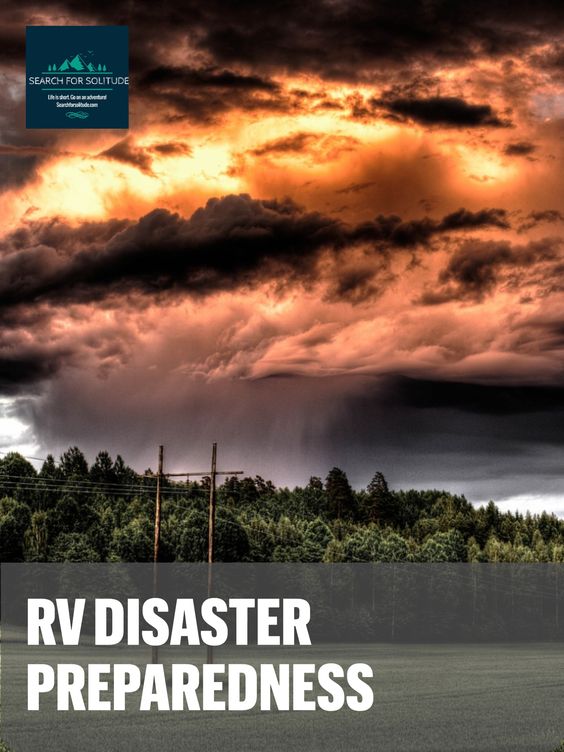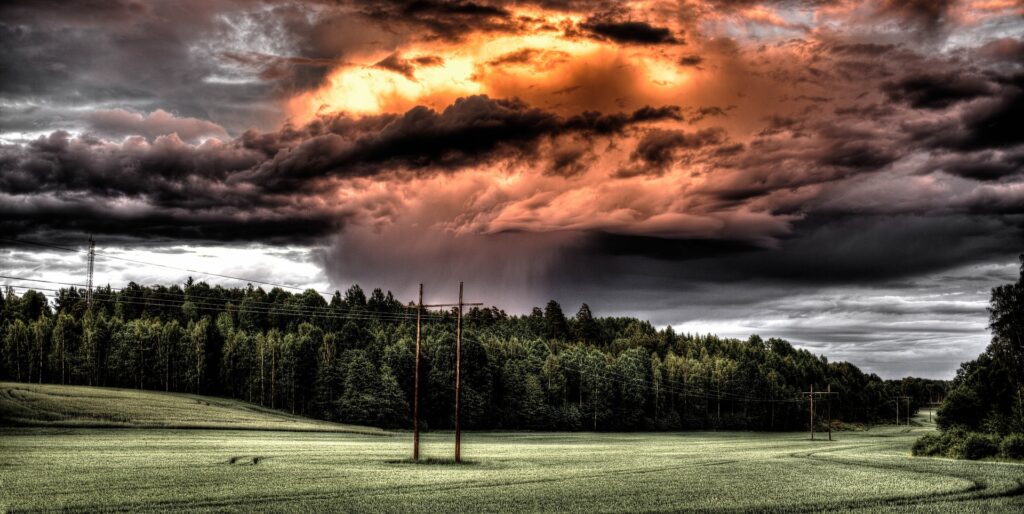Disaster Preparedness while you’re on the road
Several years ago, we had a fairly warm start to a day here in SW Missouri, but by the end of the day, the temperatures were dropping drastically. Towards the evening, we were into the 20’s, had blowing snow, sleet and ice! There was a big “pile-up” on I-44 where 50+ cars, trucks and tractor trailers were involved. It took about 6 hours to clean up the mess.
Most people were dressed for the warm morning’s weather and were NOT dressed for 26 degrees and a wind chill of less than 15 degrees! Some were in shorts, flip flops…and had nothing else! Fire and EMS had to “commandeer” RV’s to get people into to keep them from getting frostbite. Almost NONE of the folks were prepared!
A Normal Day…
This was a normal day’s incident, nothing really out of the ordinary, no major disaster, no tornado or hurricane…just a big pile up on an interstate.
People had no idea what to do. My wife and I have kinda chuckled at this several times. Given what we keep with us all the time, we would have been fine for a day or so probably! Our “winter” kit in the truck includes warm clothes, food, water, blanket, stocking caps, etc. In our “every day carry bags” we carry tarps, fire starters, hand warmers, small stoves to cook with, freeze dried food, etc. In the median, we literally could have put the tarp up for a wind break, started a fire and had some hot chocolate and watched the mayhem! So, it’s not just those big disasters that can catch you off guard. Less than 1 inch of snow and ice caused this mess. So, think about what you have in your car at all times. Could you survive for 8+ hours in your car at 15 degree wind chill??? Preparing for emergencies while traveling is just as important as preparing for emergencies at home.
Emergency Car Kit:
There are a few emergency items you should have in your car at ALL times. Your vehicle’s emergency kit should include jumper cables, up-to-date maps (paper maps also), emergency flares, a first aid kit, a flashlight, extra blankets, a spare tire, batteries, a battery-operated radio, a manual can opener and a cellphone charger (solar charger/battery pack). It’s also important that you have bottled water and non-perishable foods. There are several places to buy pre-made emergency kits , Amazon has several to choose from or you can make your own. There are lists all over the internet…hundreds of them. The best thing to do is take a look at those lists and pre-made kits then make your own list customized to your needs. I would also suggest visiting some “prepping” and “survival” websites. They will have good information also. Especially if you are traveling to remote areas. Here’s what we keep in our truck at all times during the winter:
Jumper cables
Blanket
Can of Ice Melt
Ice Scraper
Warm clothes for winter:
Boots
Socks
Gloves
Pants
Hoodie
Stocking cap
Cat Litter
Water
Food
Towel
Flare
Gallon of Anti-Freeze
Ham Radio
Toilet Paper
Duct Tape
Map
Plastic bags
Fire tinder
Medical Gloves
Small medical kits
- Always keep in mind the Survival Rules of 3
- You can survive for 3 Minutes without air (oxygen) or in icy water
- You can survive for 3 Hours without shelter in a harsh environment (unless in icy water)
- You can survive for 3 Days without water (if sheltered from a harsh environment)
- You can survive for 3 Weeks without food (if you have water and shelter)

Don’t forget “special and individual” needs. Extra medications, baby needs, dietary needs, needs of pets or service animals, medical needs including prescriptions and equipment. Not having enough blood pressure medicine could be disastrous. Again, lists are all over the internet. Customize those to YOUR needs!
Emergency Alerts:
Most of us have some way of getting severe weather alerts while we are home. We have cell phone apps, NOAA radios, storm sirens that will alert us of impending severe weather. But what if you’re at a campsite in the middle of Montana? Your NOAA radio that is programmed for your home location is not gonna work there. Your cell phone app might not work either, once you leave your home location. If you have no cell phone reception and no mapping App, those paper maps will come handy finding your nearest NOAA radio transmitter. When we travel, I keep a list of NOAA radio transmitter frequencies with us. So, I can program the NOAA radio or put the frequency into the BaoFeng Radio and listen that way.

Make a Plan!!
Make a plan today. Your family may not be together if a disaster strikes, so it is important to know which types of disasters could affect your area. Know how you’ll contact one another and reconnect if separated. Establish a family meeting place that’s familiar and easy to find.
Download my emergency plan template
Family Disaster Plan Template My “real job” is an Emergency Management Director. This plan is 20 years of experience of what you need to include.


